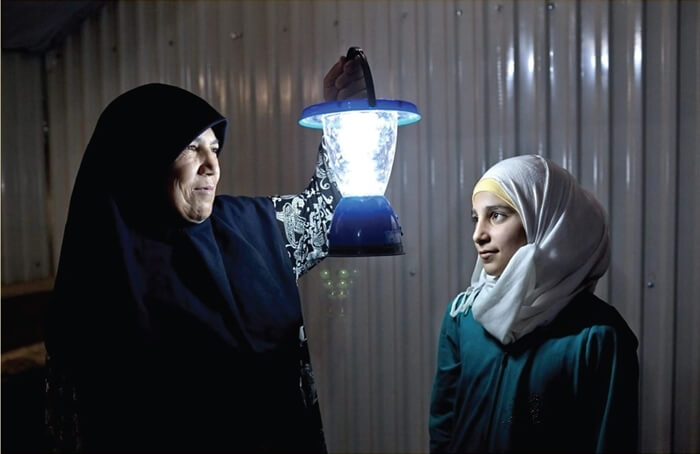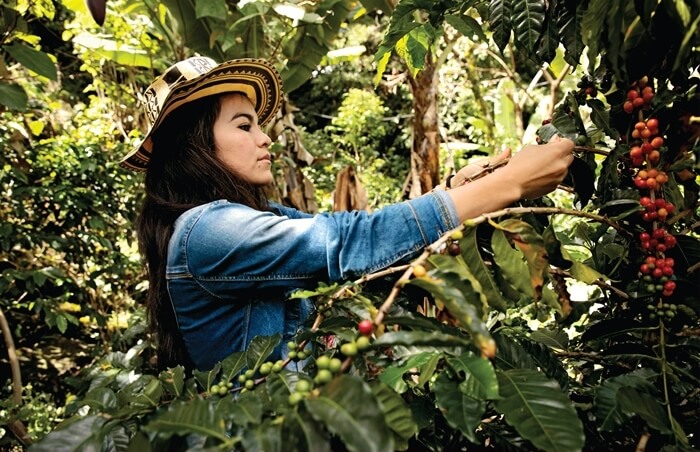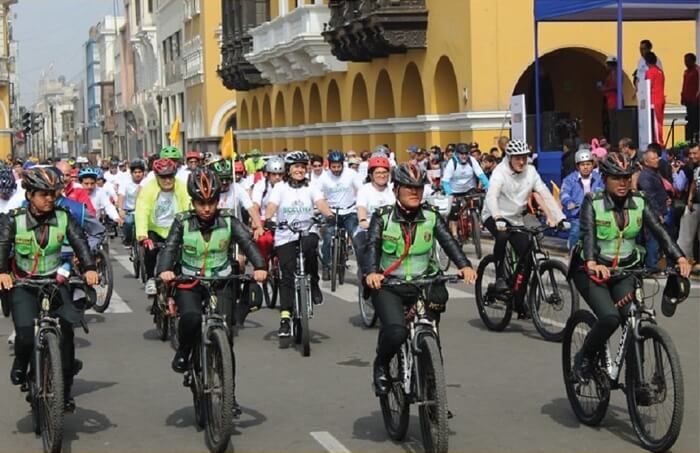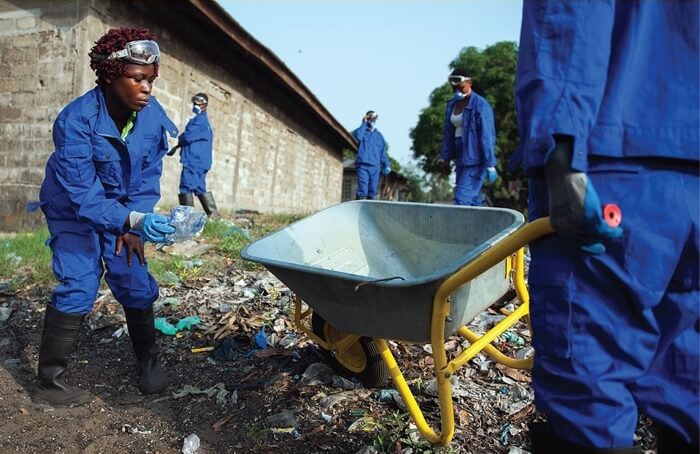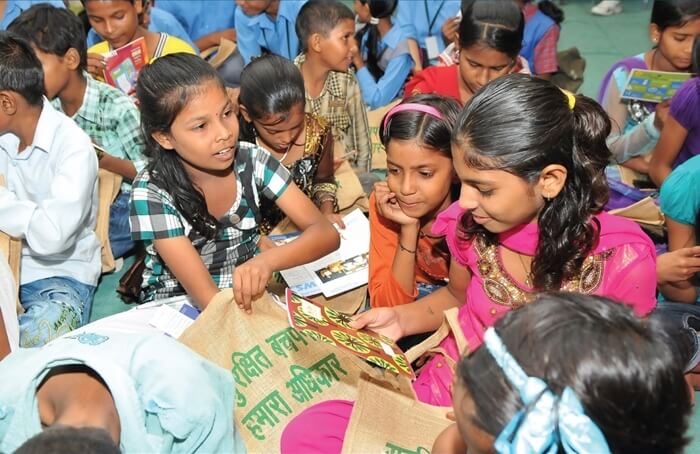The islands that make up the Sundarbans – the world’s largest mangrove forest that stretches from eastern part of India to neighbouring Bangladesh – are going underwater.
As a result, locals living there are losing their homes and livelihoods as the sea levels rise, and the salty water entering the land renders the soil unfit for cultivation.
These homes, many of which are mud structures, have neither electricity nor running water.
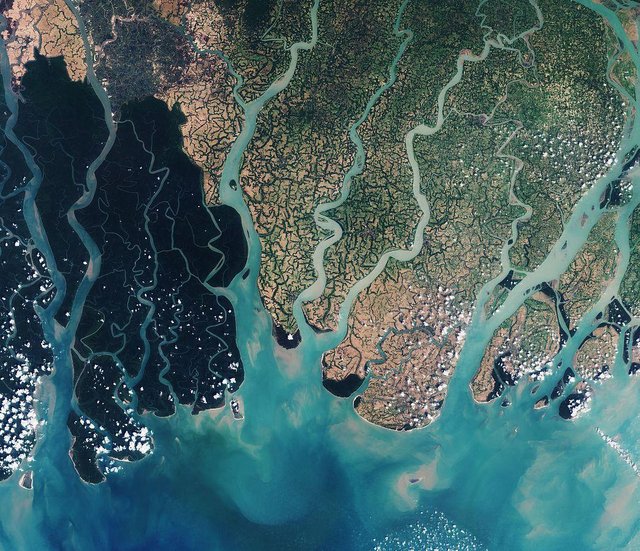
An aerial view of the Sundarbans, which incorporates some 10,000sqkm, consisting of mangrove and swamp forests. Picture: European Space Agency
It is important to take into account that much of the global temperature rise has been driven by historically high emissions by a handful of nations, with the United States leading the pack. Currently, India is the world’s third largest carbon emitter.
Within the developing world that has now witnessed the inequitable distribution of Covid-19 vaccines, there is also a growing criticism over the hypocrisy of rich countries failing to meet their own climate commitments, asking other countries to do more.
For the vulnerable countries and communities, the issue of equity is key, as the help is needed now.
Developing countries are seeking more finance so they can move towards green sources of energy and adapt to the fast-changing climate.“I think there is now a sharp focus on finance for adaptation,” says Ulka Kelkar, director of the climate programme at World Resources Institute–India.
While countries like Denmark have announced increased climate finance for adaptation measures, experts believe the overall commitments announced so far will fall short.
Ms Kelkar adds: “If some of it comes as loans, it will make poorer countries more indebted. Then there are limits to adaptation, especially to extreme events.”
Harjeet Singh, senior adviser for climate impacts at Climate Action Network International, said solidarity among developing countries was a missing element.
He points to the lack of planning by the respective governments to respond to the needs of the affected population in places like Sundarbans.
“I feel very nervous because of the way climate impacts are increasing,” Mr Singh said.

Island Innovation is a social enterprise and digital media company at the intersection of sustainable development and communications, offering specialised services across various sectors. We bring together the private sector, government, utilities, NGOs and universities to advance innovation for sustainability and prosperity in islands worldwide.








